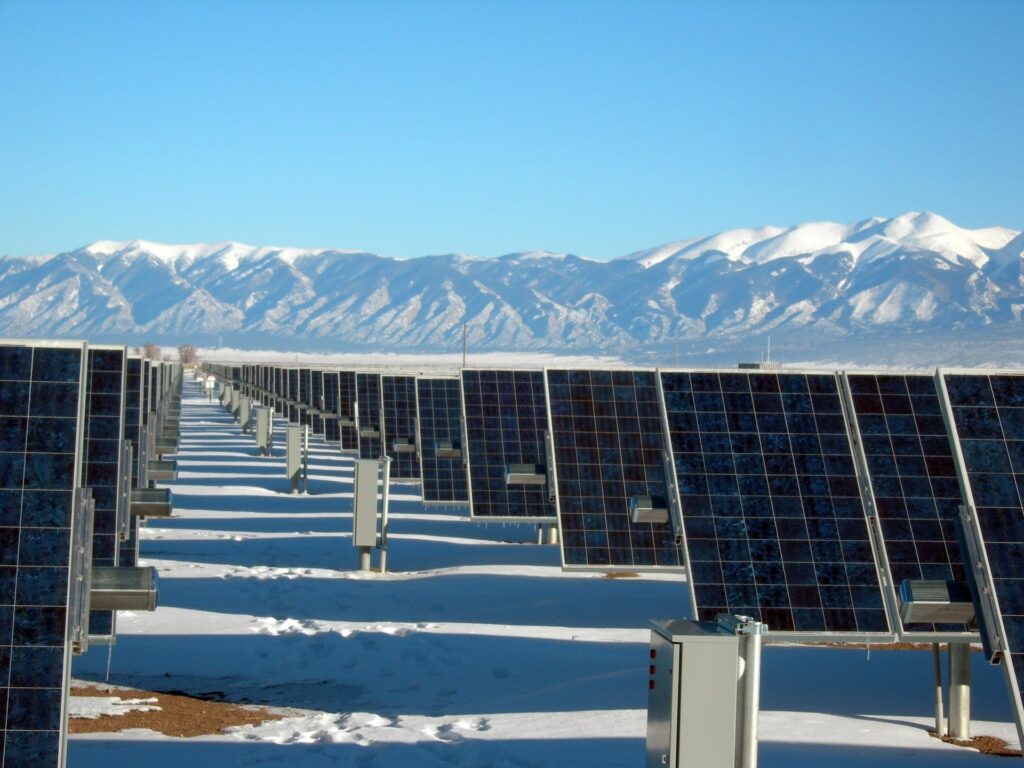Author: Morgan Casavant, Mountain Mamas Volunteer
The U.S. Supreme Court (SCOTUS) has recently overturned “Chevron deference,” ending a 40-year precedent. Experts suggest this ruling will impact the ability of regulatory bodies (Environmental Protection Agency, Food and Drug Administration, Federal Highway Administration etc.) to prioritize the health and safety of American citizens in favor of making it easier for big corporations to pollute our air, land, and water without penalty. So, what exactly happened? What does this mean for us? Is there anything you can do about it? Let’s dive in.
First, a mini civics lesson
Our government is comprised of three branches: the executive, legislative, and judicial. Each branch is (in theory) designed to keep the other two branches in check, creating a constant push-pull to help protect the rights of the American people. Congress passes laws and essentially hands them over to the appropriate regulatory body to oversee and create appropriate regulations.
Setting the stage
The 1984 Chevron SCOTUS ruling arose from a challenge to an EPA interpretation of the Clean Air Act (passed in 1970). Now known as “Chevron deference,” the ruling set the precedent that if a law is written ambiguously, the appropriate experts within a regulatory body are responsible for interpreting that law. For the last four decades, this deference to the experts has largely governed pollution, food, health, and safety protections.
Chevron deference overruled
This past June, the conservative SCOTUS majority has upended this precedent. Now, any ambiguity in regulatory laws will be interpreted by the courts as opposed to the appropriate experts. This ruling holds great significance for anyone who cares deeply about pollution, air quality, and other environmental issues – i.e., all of us at Mountain Mamas. It’s a big win for billion-dollar corporations looking to shirk the responsibility of pesky and often costly regulations, and a big loss for the American public.
In a scathing dissent, Justice Elena Kagan (joined by Justices Sonia Sotomayor and Ketanji Brown Jackson) stated “the majority disdains restraint, and grasps for power.”
What the new ruling could mean
Of course, none of us have a crystal ball and no one can reasonably claim to know exactly how this ruling will play out over the next several decades. That being said, an expert in health law and professor at Georgetown Law’s O’Neill Institute, Professor Lawrence O. Gostin, states that this ruling “was a gut punch for health, safety, and the environment in the U.S.” Experts also believe that industries known for heavy pollution and adversely impacting our health will now have a much easier time challenging and overturning the protections and regulations designed to keep us as safe as possible from their actions.
What can we do?
It’s worth noting that the current SCOTUS composition is a result of Presidential appointments. This court appears to be systematically overruling decades of precedent and dismantling civil liberties as much as they possibly can – resulting in a power grab cheered on by big business. However, Congress has the power to codify the practice of Chevron deference by writing it into an unambiguous law that SCOTUS must uphold.
While we can’t directly elect SCOTUS judges, we can elect environmental champions to Congress and the White House to secure our environmental and civil freedoms and to push back against this court that we are unfortunately stuck with for the foreseeable future.
So, vote. Vote in your local elections, vote in federal elections, and vote for your judges when you can. Together, we will make it clear to those in power that we cherish our right to clean air, water, and parks, and that we expect these to be protected for ourselves and our children.



